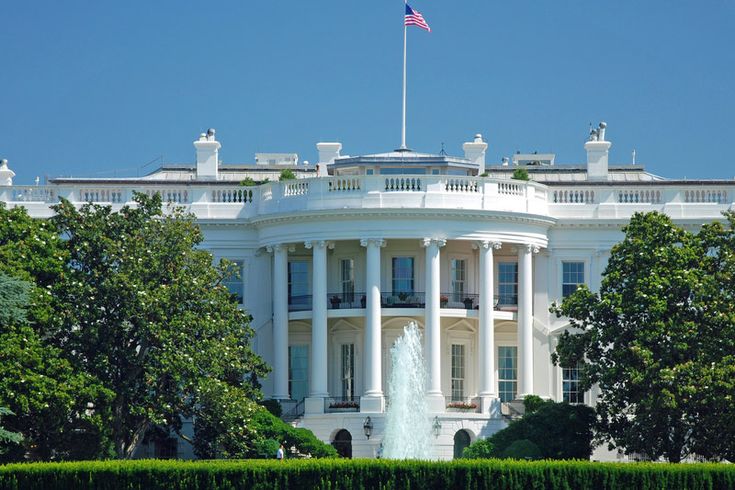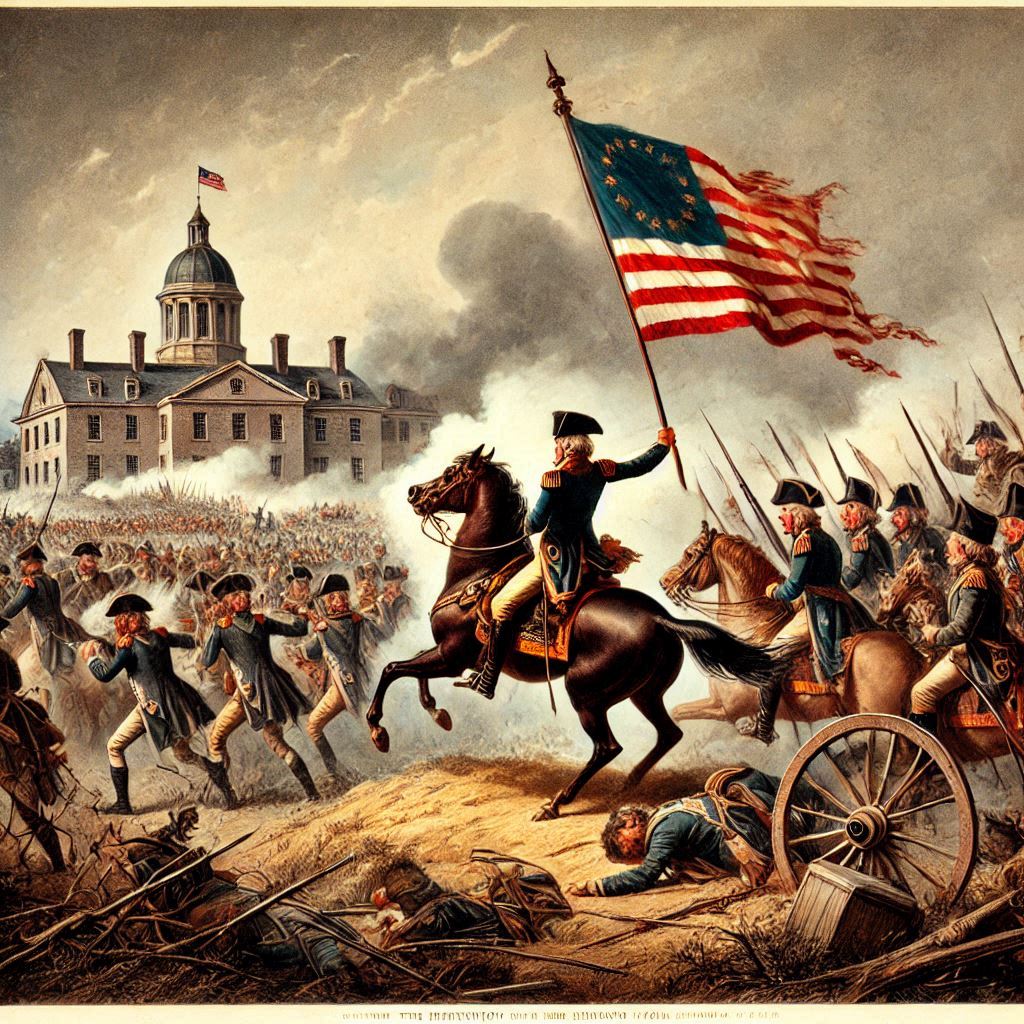The White House is more than just the president’s residence—it’s a symbol of American government and history. But have you ever wondered why it’s painted white?

The Story Behind the Color
When the presidential residence was completed in Washington, D.C., in 1800 during John Adams’ presidency, it wasn’t the iconic white building we know today. In fact, its famous color wasn’t part of the original design.
Fast forward 12 years to the War of 1812. British troops attacked Washington, and the presidential residence was heavily damaged in a fire. After the war, repairs began, and white paint was used to cover up the burn marks and damage from the flames. This practical decision eventually became its defining feature.

How It Became the “White House”
Over the years, the building underwent expansions and renovations, but its striking white exterior remained. The name “White House,” however, didn’t become official until Theodore Roosevelt’s presidency in the early 1900s. He was the first to use the name in an official letter, solidifying its place in history.

Fun Fact
Before Roosevelt’s time, the residence was simply called the “President’s House” or “Executive Mansion.” Imagine how different it would feel without its now-iconic name!
So, the White House’s signature color wasn’t just an aesthetic choice—it’s a story of resilience and history, forever tied to its past.